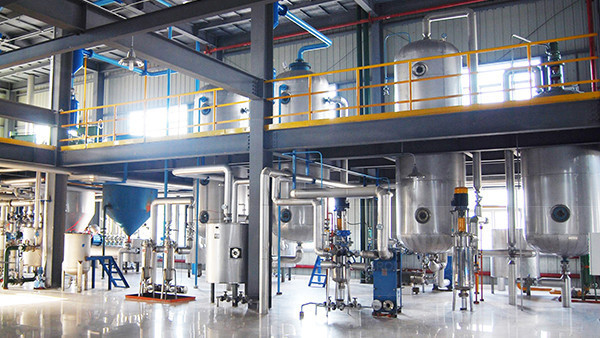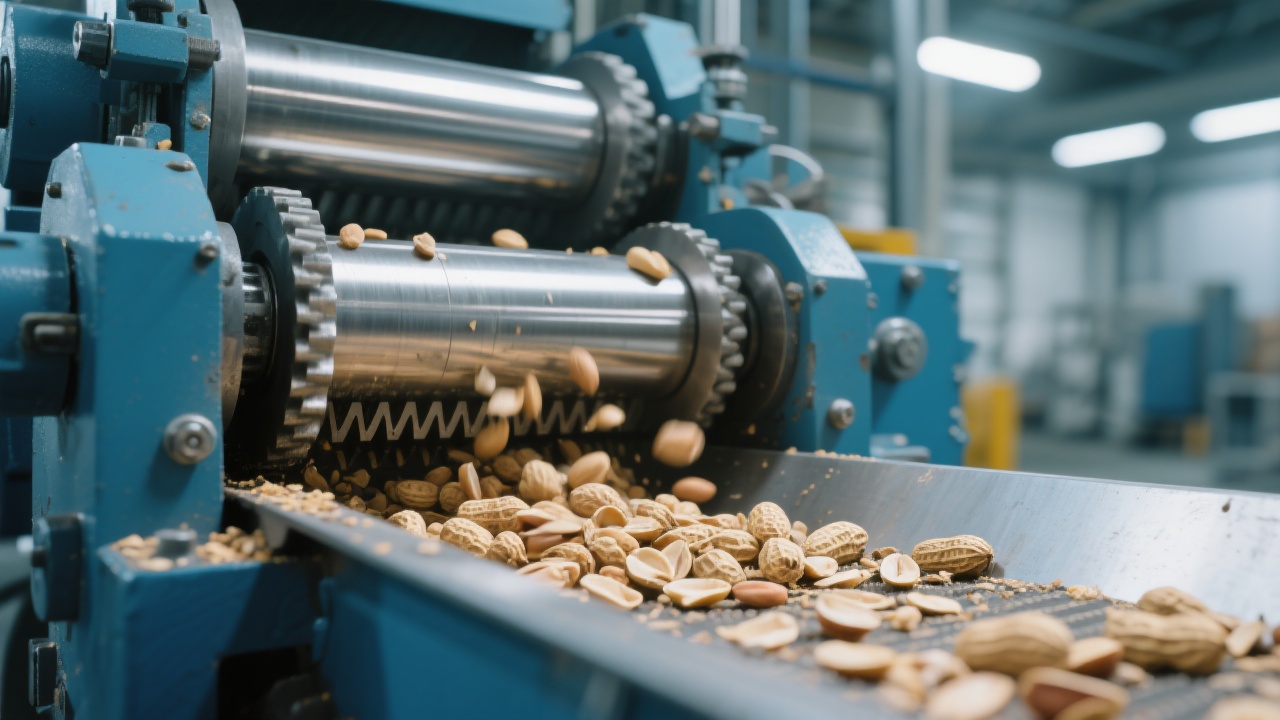
In the realm of small and medium-sized oil mills, the efficient operation of screw oil presses is crucial for business success. This guide delves into how to enhance the efficiency of the ZY24 (202 - 3) screw oil press through parameter adjustment, aiming to boost oil output rates and overall equipment efficiency.
Screw oil presses are widely used in small and medium-sized oil mills. However, many mills face challenges such as low oil output rates and inefficient equipment operation. Understanding the working principle of the oil press and the key technical parameters that affect the oil output rate is essential. The working principle of a screw oil press involves the continuous squeezing of oilseeds through the rotation of a screw shaft, gradually extracting oil from the seeds. Key parameters such as press chamber pressure, temperature, screw shaft speed, and bar gap all have a significant impact on the oil output rate.
The pretreatment of raw materials is the first step in the oil - pressing process. Proper moisture control and crushing granularity are vital for improving pressing efficiency. Different oilseeds have different characteristics, and thus require corresponding pretreatment solutions.
For example, for rapeseeds, the moisture content should be controlled at around 8% - 10%. If the moisture content is too high, the oil will be difficult to separate; if it is too low, the oil yield will decrease. The crushing granularity of rapeseeds should be around 2 - 3mm. For peanuts, the moisture content should be about 6% - 8%, and the crushing granularity should be around 3 - 4mm. For sunflower seeds, the moisture content should be controlled at 7% - 9%, and the crushing granularity should be around 2 - 3mm.

Optimizing the press chamber pressure and temperature is crucial for improving the oil output rate. Generally, the press chamber pressure should be maintained between 10 - 15 MPa. Higher pressure can increase the oil output rate, but excessive pressure may damage the equipment. The temperature in the press chamber should be controlled at around 100 - 120°C. Different oilseeds may require slightly different temperature ranges. For example, rapeseeds are more suitable for a temperature of around 105 - 115°C, peanuts at 110 - 120°C, and sunflower seeds at 100 - 110°C.
Let's take a look at a real - world example. A small oil mill adjusted the press chamber pressure from 8 MPa to 12 MPa and the temperature from 90°C to 110°C when processing rapeseeds. As a result, the oil output rate increased from 35% to 38%, a significant improvement.
The speed of the screw shaft and the gap between the bars also have a great impact on the oil output rate and the quality of the finished oil. The screw shaft speed should be adjusted according to the type of oilseeds. For rapeseeds, the speed can be set at around 20 - 25 r/min; for peanuts, 18 - 22 r/min; and for sunflower seeds, 22 - 26 r/min.
The bar gap should be adjusted between 0.2 - 0.5mm. A smaller gap can increase the oil output rate, but it may also cause blockages. Therefore, it is necessary to make appropriate adjustments according to the actual situation.

In the operation of screw oil presses, there are some common mistakes. For example, improper moisture control in raw materials, incorrect adjustment of press chamber pressure and temperature, and inappropriate screw shaft speed and bar gap settings. These mistakes can lead to low oil output rates, poor oil quality, and even equipment damage.
To avoid these mistakes, it is necessary to strictly follow the operating procedures, regularly check and maintain the equipment, and continuously summarize experience in actual production.
By reasonably adjusting the key parameters of the ZY24 (202 - 3) screw oil press, small and medium-sized oil mills can significantly improve the oil output rate and the quality of the finished oil, thereby enhancing the competitiveness of the enterprise. If you want to learn more about how to optimize the operation of your screw oil press and take your oil mill to the next level, click here to explore our professional solutions and start your journey towards higher efficiency and better quality.


